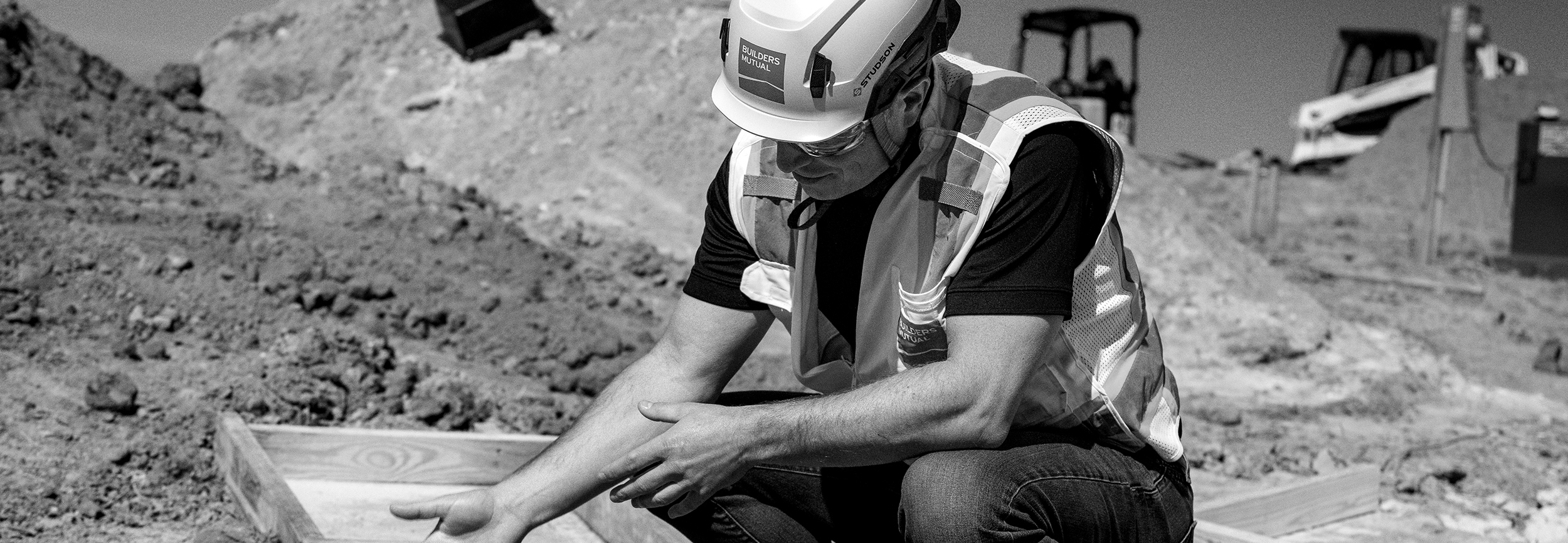When you think of personal protective equipment, or PPE, you often picture the standard equipment: glasses, hard hats, earplugs, and vests. These items and devices are extremely useful and necessary, but what qualifies as PPE goes far beyond the traditional tools.
John O’Grady, risk management expert, joins us in this article to share his thoughts on nontraditional PPE.
What is protective equipment?
A definition for PPE that challenges us to think outside the box can be found in The Construction Safety and Health Resource Guide, Fourth Edition:
“Personal Protective Equipment – Any devices or clothing worn by the worker to protect against hazards in the workplace. They are the last line of defense from a hazard when engineering, administrative and work practice controls cannot eliminate or reduce the exposure to the hazards.”
Any device workers entrust their lives on, in the short or long term, can and should be considered personal protection. This can be more encompassing than hard hats or safety glasses when approached with a non-traditional attitude. Several less-recognized items can be classified under this definition. Equipment spanning from guards on machinery, to ladders, and more can be considered PPE along with the standard wearable protection.
Other nontraditional protective equipment includes but is not limited to:
- Guardrails and handrails
- Ladders
- Scaffolding
- Respirators
- Mobile technology
When do I need protective equipment?
PPE is the last line of defense between a worker and a potential hazard, so taking steps to understand this equipment reduces risk and prepares you and your team for any job. Before providing any PPE to your team, you should perform a hazard assessment. This is a four-step process to ensure that all protective equipment is used properly.
- Eliminate exposure to any preventable hazards.
- Employ protective controls and equipment that can be installed on the job-site. This includes guardrails, hole coverings, barriers, guards, and scaffolding.
- Minimize interaction through administrative controls, and ensure workers are spending as little time as possible exposed to hazards. Planning is important. Minimizing time spent in excavations, at heights, or around heavy equipment will reduce the risk of injuries.
- Ensure that PPE fits properly, and provide any necessary training on the equipment. Remember, one size does not fit all. Spend time with your vendor to ensure you are purchasing PPE that fits your workers as well as the work to be performed. This is particularly important when purchasing personal fall arrest systems or setting scaffolding with the correct load capacity.
What is the best way to select protective equipment?
It depends on the job. Any workers who think of PPE can immediately begin listing items they consider the most important or highest priorities for their trade, but there is no standardized list. Importance of equipment varies depending on the type of job. Regardless of the job or the experience level of the worker, be sure to educate your workers on how to use the equipment.
As manufacturers innovate and create more options for workers, the selection of the proper type of equipment grows more important as well. The most valuable piece of equipment can easily become the most dangerous on any job-site if used improperly.
But don’t stop at the basic OSHA requirements. Best management practices include other agency standards such as the American National Standards Institute (ANSI), which identifies manufacturing and testing requirements that can help in selecting PPE. The U.S. Army Corps of Engineers Safety Manual EM-385 can provide methods for conducting a hazard analysis of your job-site and aids in selection and use of PPE in various situations.




 Find an
Find an